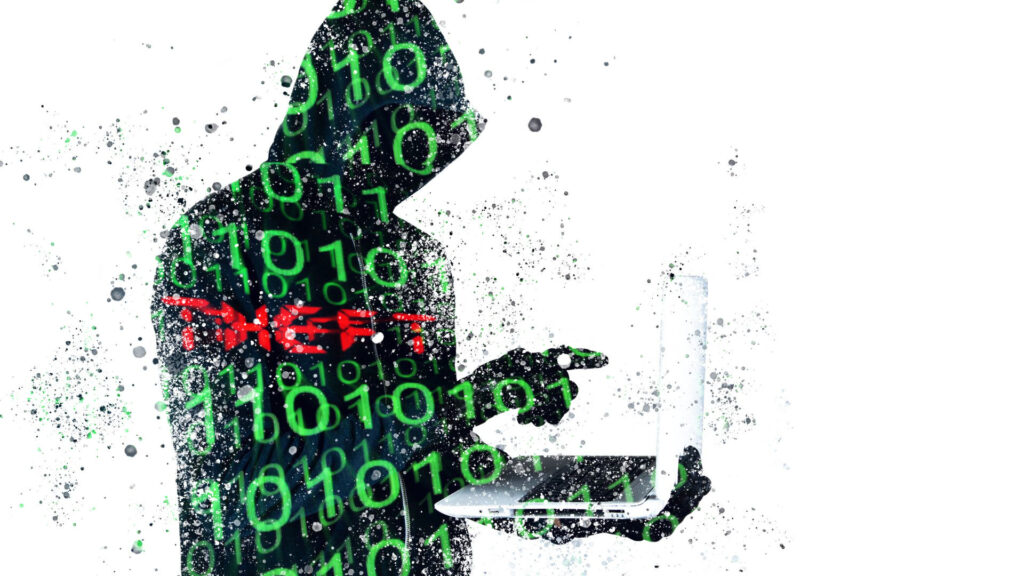Hacker techniques get more sophisticated with technological improvements. To keep our data safe, we must stay up-to-date with constantly changing tactics. Employees must have regular training on cybersecurity to accomplish this. Research shows that a proficient training approach can decrease susceptibility to phishing and related cyberattacks from 60% to 10% in a single year.
Seven Typical Errors in Training Cybersecurity
There are many ways to maximize every training session. Today, though, we’ll concentrate on what you SHOULDN’T do because they undermine the training. We cover the top mistakes to avoid below.
Boring training classes
Understandably, your staff would drop off during the first few minutes of a training session that comprises primarily text-heavy slide exhibits with someone reading the written material aloud. They will not only get disinterested, but they will also obtain no benefit from the instruction. Instead, take a more interesting tack. Swap out text with images. Promote conversational exchanges. Perform some group tasks.
Same Course of Study for All
Every organization has a range of skill levels among its members. Some people could be more knowledgeable and up-to-date on the newest trends in cybersecurity. The term “phishing” may be unknown to some of your staff. That’s the reason a training program designed for everyone will inevitably fail. Everybody has a different level; therefore, you must coach them appropriately.
One-Time Course on Training Cybersecurity
Many people think it is smart to group all the learning topics into a single training session, but this is untrue. As much value as possible can fit into one session, but a follow-up is still necessary. Even better, make sure to offer several follow-ups. The best way to ensure that the lessons stick is through continuous reinforcement.
Put Office Cybersecurity First
Yes, it is crucial to use caution when using the internet at work. However, most businesses have staff members who work remotely part-time, full-time, or in a hybrid work environment. Since this is now the standard, you must include mobile security in the training program.
insufficient support from the leaders
It is a common belief that kids imitate their parents’ conduct. This effect also holds for subordinates and their bosses. Senior executives ought to be putting what they are teaching workers to use.
Disregarding incident response instruction
Yes, prevention is preferable to cure. That doesn’t mean we shouldn’t discuss how to deal with cyberattacks when they occur. Workers must know what to do when there is a data breach to limit the damage as soon as possible and stop it from escalating.
Not Making a Correct Assessment
After the facilitator concludes, the cybersecurity training never ends. Effective evaluation techniques must measure the participants’ knowledge of what they have learned. Standardized Q&A quizzes or haphazard phishing simulations could gauge how and whether staff members will put their newly gained knowledge to use.
Final Reflections on Training Cybersecurity
Remind your workers to avoid these mistakes at their next cybersecurity training. Plan the training program thoroughly to ensure it has the best possible impact.
Even better, you may train your personnel using tried-and-true methods developed by reputable and well-established cybersecurity professionals. We are here to assist you with that.
We are happy to introduce our micro training platform, the newest tool in staff cybersecurity training. This approach addresses every significant facet of internet security, from threat detection to incident handling and all points in between. You can download a demo by visiting this link if you’d like to learn more.


